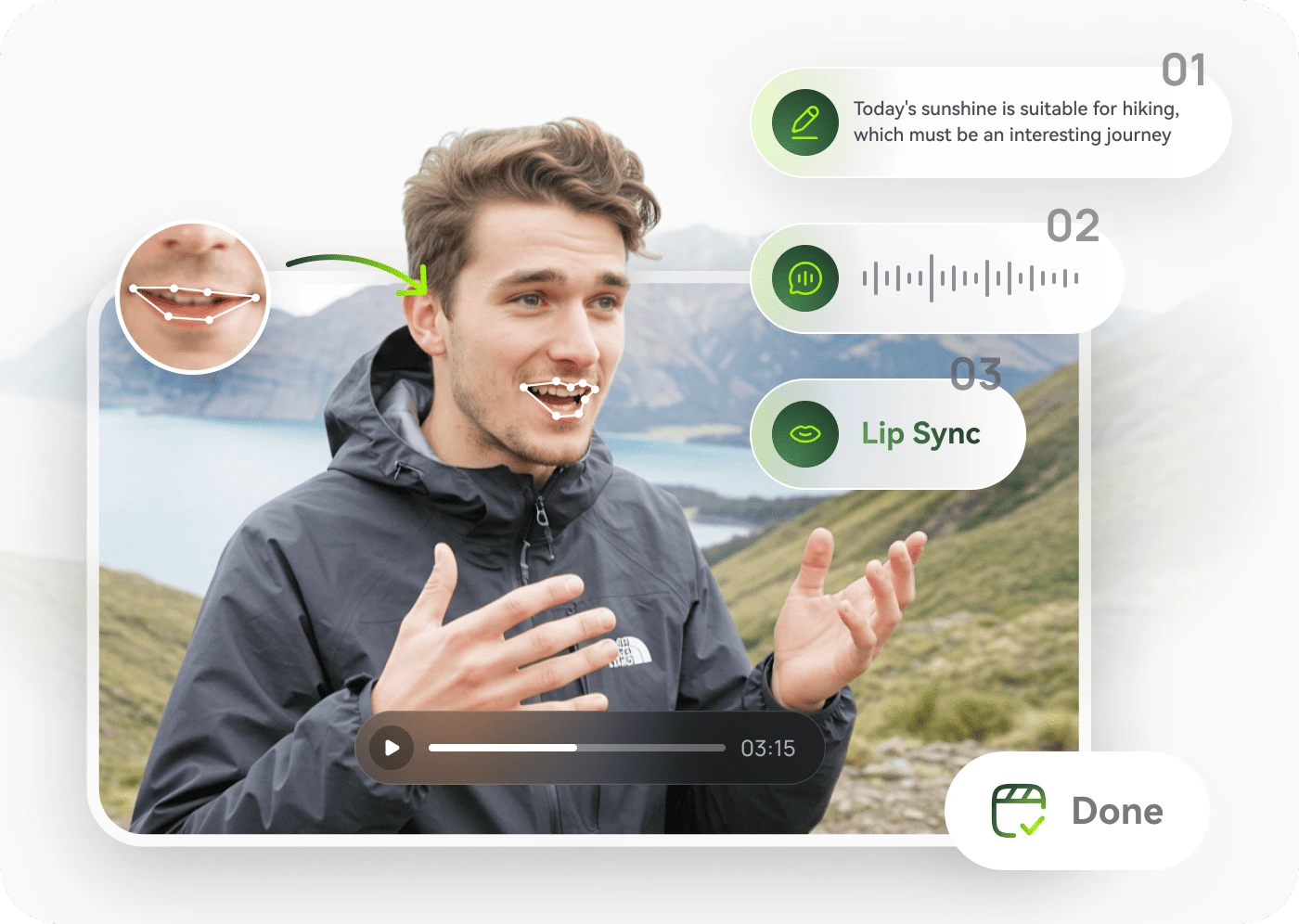Memes move faster than the speed of Wi-Fi. One day you’re chuckling at a silly TikTok dance in your feed, and the next day that same audio is popping up in dozens of countries with clever local twists. Humor is universal, but language isn’t always. What kills on one side of the world might confuse on the other—unless creators have the right tools to bridge the gap.
That’s where Pippit comes in. By combining an AI video generator with translation and syncing magic, Pippit enables creators and brands to take one joke that works locally and turn it into a laugh that reaches the world. The end result? Memes that travel, but don’t just travel—they thrive in all corners of the internet.
Why laughter doesn’t always translate
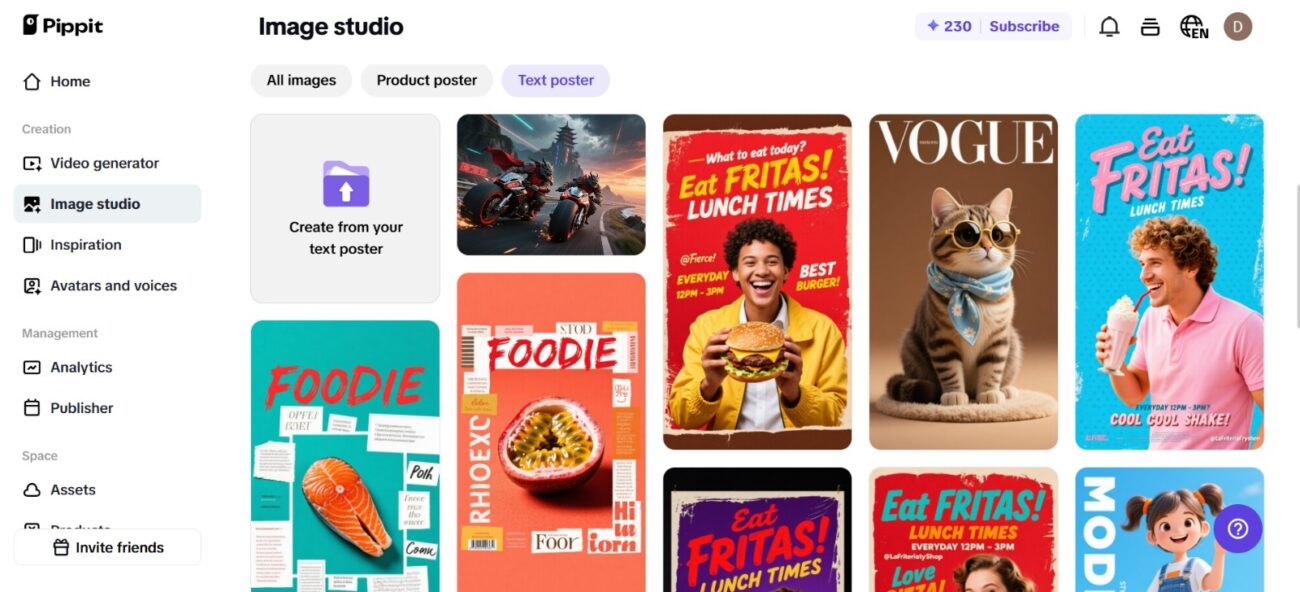
Puns are slippery. They’re riddled with cultural allusions, slang, wordplay, or double entendres that don’t always transfer cleanly to a second language. A snarky punchline in Spanish can totally flop in Japanese when translated verbatim.
But artists who bank on meme virality don’t have time for lost-in-translation dreams. They want the humor to make it through the linguistic leap—its sting intact.
How AI preserves the punchline
This is where AI technology excels. With the development in lip sync AI, humour can transgress boundaries without sounding dubbed or unconvincing. Actors on screen don’t merely speak—they laugh, they tease, and crack jokes in their own natural way, irrespective of language.
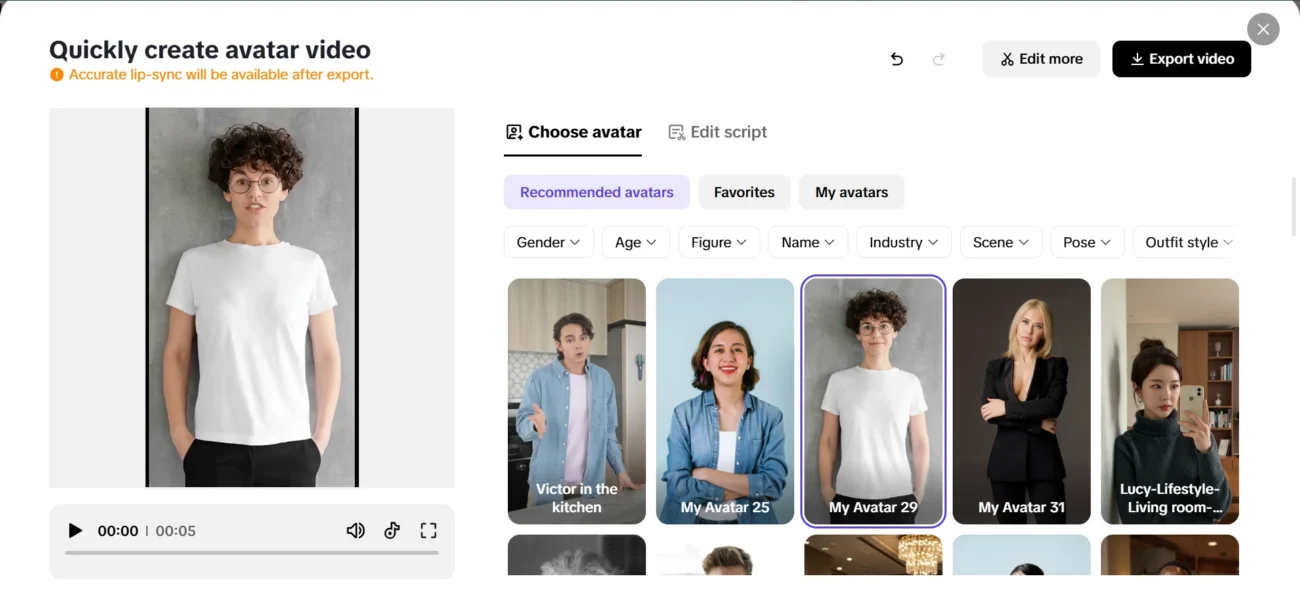
Add this to intelligent cultural translation, and a meme that has been constructed based on a regional pun or catchphrase can be replaced by one that is just as hilarious in another language. Humor hits, and content propagates—because humor loves velocity.
Memes as cultural passports
Mememes are more than a joke; they’re a passport of culture. They get around with little thumbnail impressions of the way the world is perceived. A talented maker can recycle them like stamps on a passport—transposing the joke to each new population without diminishing the character of what originally made it humorous.
That’s where a video translator comes in. By not merely exchanging text but redefining the way humor is delivered, content creators can ensure that their viewers are laughing with them, and not at them.
Lip sync challenges: the viral multiplier
Lip sync challenges are the global sense of humor’s playground. Anyone from teenagers to brands gets involved, adding their own twist to popular audios. And when those audios are translated across languages, the challenges double in scope.
With AI software, it’s now easier to turn a joke that began as a viral audio file and create it lip sync–capable for dozens of markets in a few hours. That efficiency turns a momentary trend into an enduring viral sensation.
Three entertaining steps to caption and translate videos using Pippit
Step 1: Log in and open video generator and quick cut
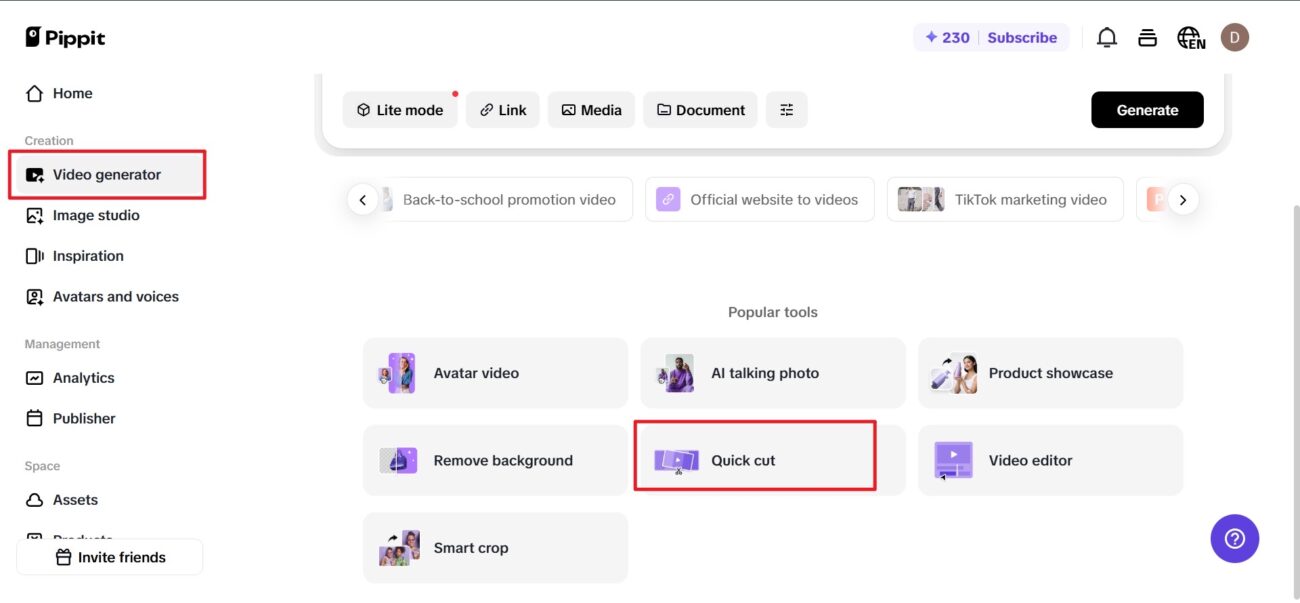
Begin by logging into your workspace and going to the Video Generator. From the left menu, select Quick Cut to open the editing studio. This is where all your linguistic magic happens.
Step 2: Include your video, then auto-caption and translate
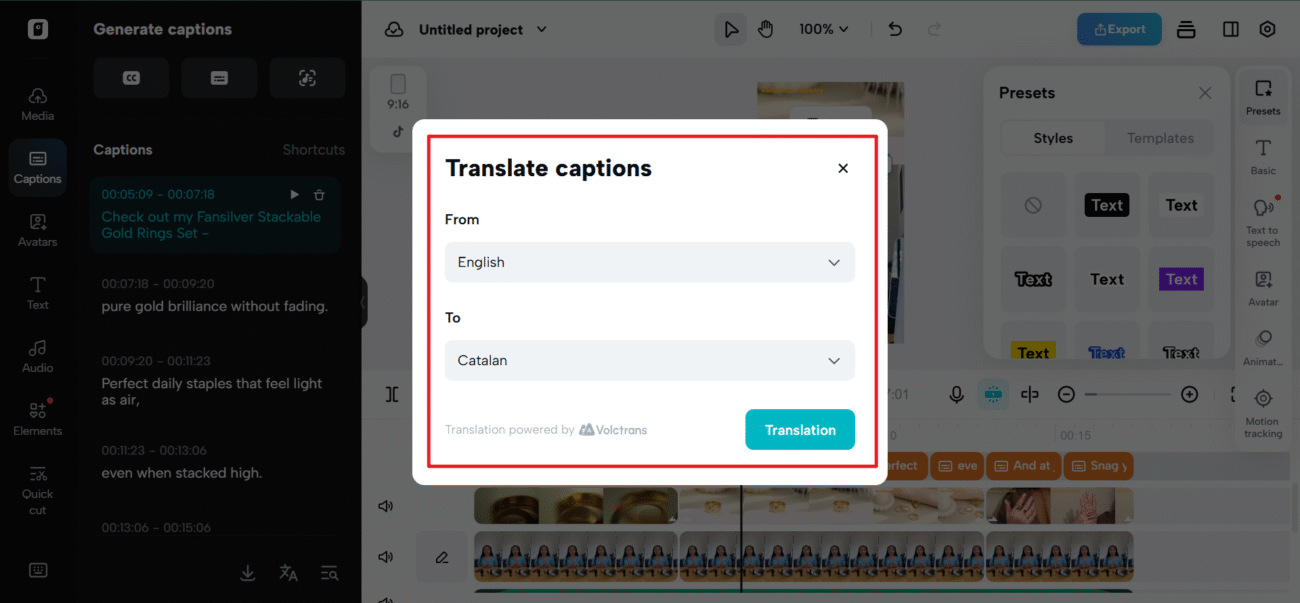
Upload your video file and let Pippit do the hard work. Press Auto Captions to automatically create subtitles, then press Translate to translate them into your chosen language. It’s quick, tidy, and ready for voice.
Step 3: Text-to-speech, audio cleanup, and export
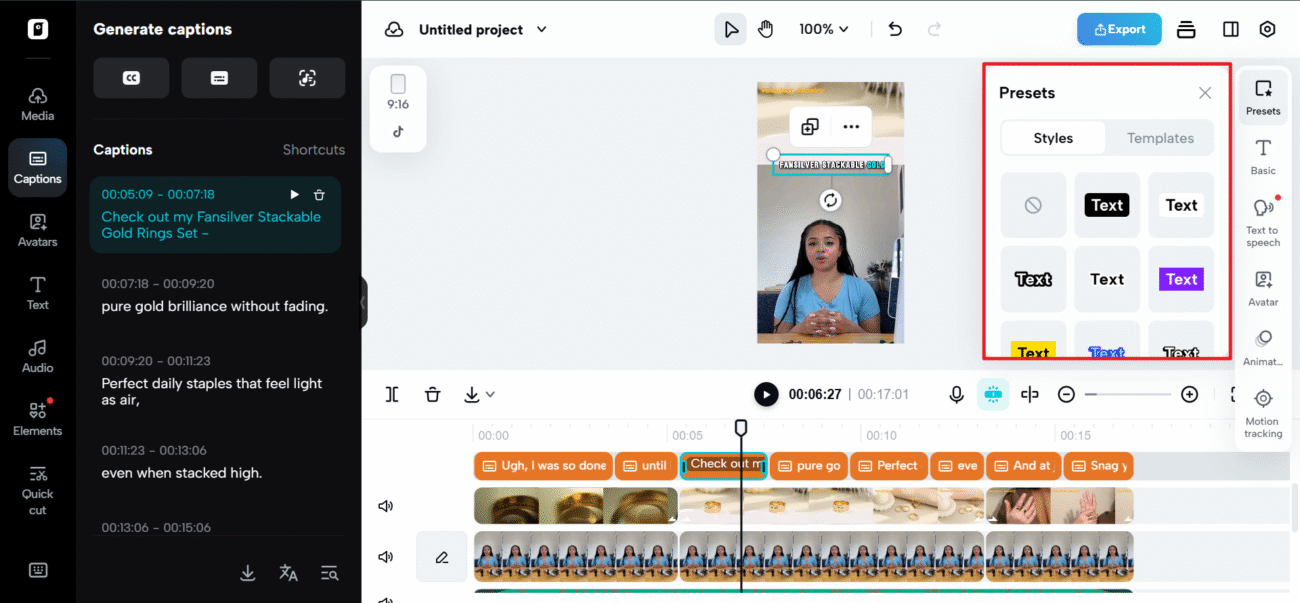
Now tap Text to Speech and choose Apply to All so all translated lines are voiced. Go to the audio section, split the original audio, and remove it so that there will be no overlap
Once your new multilingual version is done, simply tap Export to download or share it with the world.
Why timing is everything in global humor
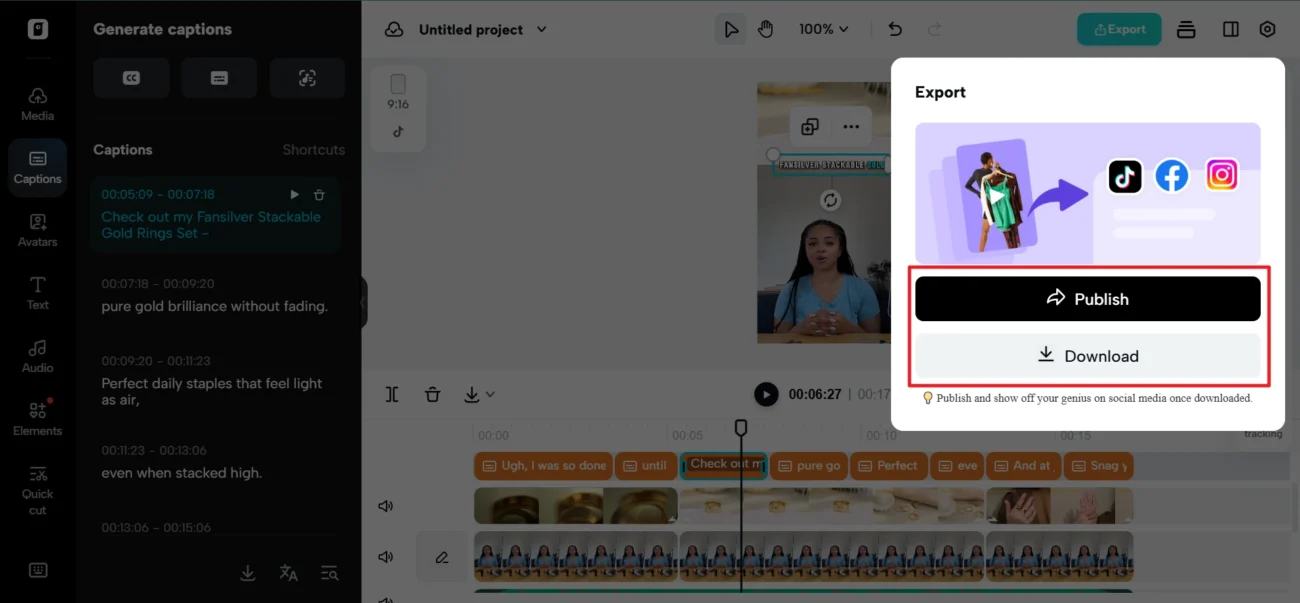
Memes don’t keep waiting. If your translation is two weeks late, the trend has subsided. That’s why speed is the magic ace. With Pippit, creators don’t waste days setting up translations or voiceovers—they simply create, sync, and share.
The quicker you adjust, the quicker you join the global laugh track.
From inside joke to international stage
The beauty of the digital culture of today is that even the most specific of humor can be globalized if done in the right way. A local inside joke, a ridiculous slogan, or a preposterous soundbyte can suddenly spread from living room guffaws to global stage presence thanks to translation and syncing technology.
And it’s not just for memes. Influencers, creators, and brands can all surf the same wave, taking relatable content to multilingual campaigns that resonate organically and not artificially.
Conclusion: don’t just go viral, go global
Memes are the world’s go-to inside joke, and with Pippit, you can ensure everyone’s included on the joke. Pippit’s combination of translation, syncing, and generation makes your content not trapped in one language but able to wander, adapt, and thrive anywhere.
So next time you’re ready to jump on a trend, don’t stop at your local feed. Use Pippit to turn your video into a multilingual lip sync challenge and watch as your content goes from local joke to global laugh.


